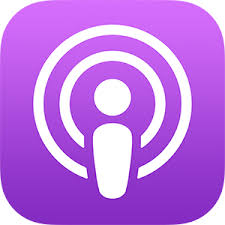Episode 217: What if the goal IS what helps you develop the relationship?
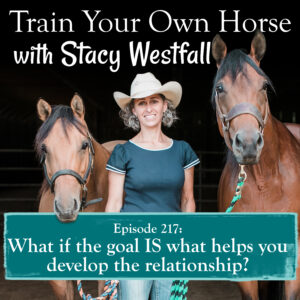
Are you confused about how to make your dream into a goal?
If you are, you are not alone. This is especially common with riders who have relationship type goals.
_To form the bond I have always dreamed of.
_I dream of having a connection with him….
_To do anything on my horse with more confidence, and just have fun_
Relationship isn’t WHAT you do…its how you handle the questions or challenge that come up.
SO LET’S THINK OF THIS BACKWARDS FOR A MOMENT.
If you desire to: “To form the bond I have always dreamed of.”
What would you DO…if you had that bond?
Would you go gallop down a trail?
Haul to the mountains and go camping?
If you: “dream of having a connection with him…._”
What would you go DO…if you had that connection?
Would ride through the countryside to visit a friend?
Would you go on a cattle drive?
If you could snap your fingers…and instantly know that you could: “do anything on my horse with more confidence, and just have fun.” _
What would you go DO?
Would you enter a show?
Maybe try reining or dressage or jumping?
If you had a better connection WITH your horse…what would you go do?
What if you have it backward?
What if the goal is what helps you develop the relationship?
SUBSCRIBE TO THE PODCAST HERE:
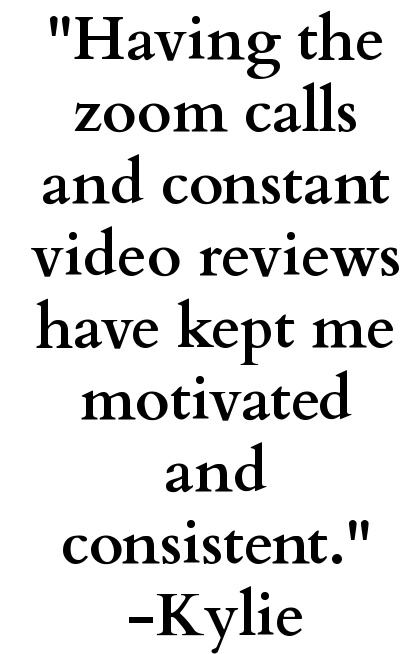
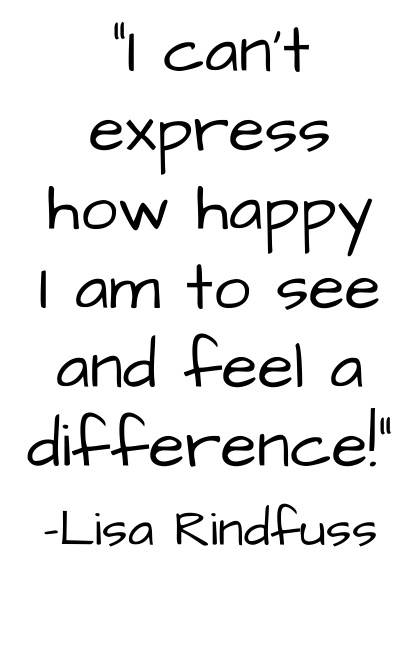
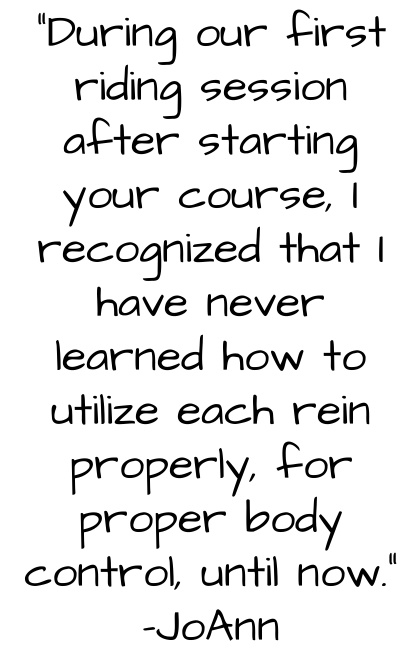
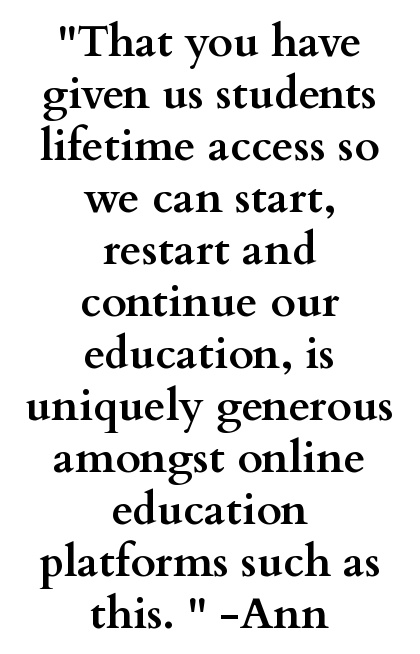
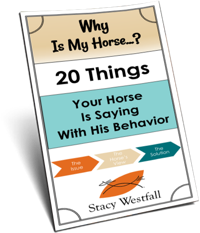
YOURS FREE
WHY IS MY HORSE...?

